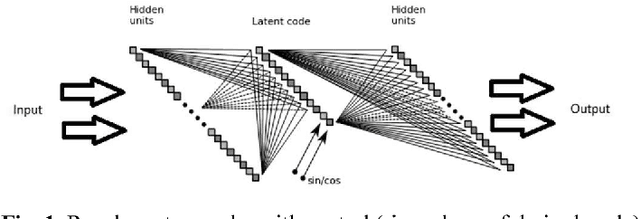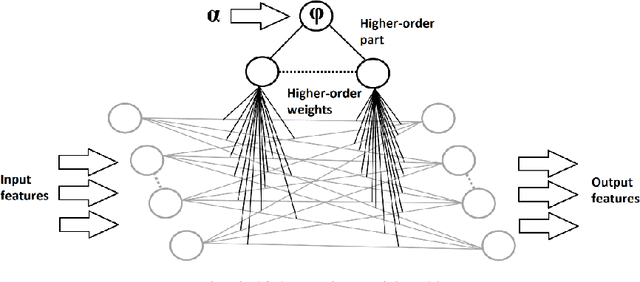Oleg Shcherbakov
HyperNets and their application to learning spatial transformations
Jul 12, 2018



Abstract:In this paper we propose a conceptual framework for higher-order artificial neural networks. The idea of higher-order networks arises naturally when a model is required to learn some group of transformations, every element of which is well-approximated by a traditional feedforward network. Thus the group as a whole can be represented as a hyper network. One of typical examples of such groups is spatial transformations. We show that the proposed framework, which we call HyperNets, is able to deal with at least two basic spatial transformations of images: rotation and affine transformation. We show that HyperNets are able not only to generalize rotation and affine transformation, but also to compensate the rotation of images bringing them into canonical forms.
Vision System for AGI: Problems and Directions
Jul 10, 2018Abstract:What frameworks and architectures are necessary to create a vision system for AGI? In this paper, we propose a formal model that states the task of perception within AGI. We show the role of discriminative and generative models in achieving efficient and general solution of this task, thus specifying the task in more detail. We discuss some existing generative and discriminative models and demonstrate their insufficiency for our purposes. Finally, we discuss some architectural dilemmas and open questions.
 Add to Chrome
Add to Chrome Add to Firefox
Add to Firefox Add to Edge
Add to Edge